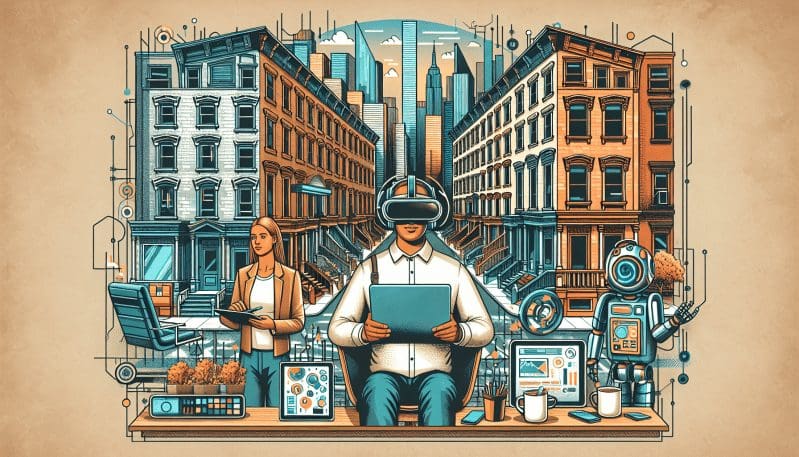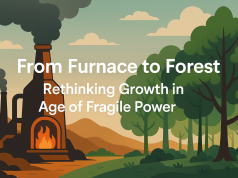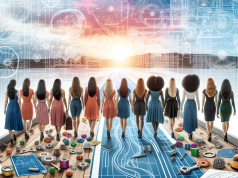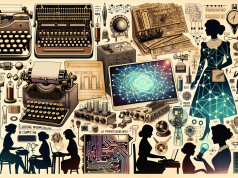The skyline of New York City is an iconic testament to the city’s rich architectural past. Every building tells a story of an era, a movement, or a pioneering architect. But as the nature of work transforms with technological advancements and shifting cultural norms, so must the spaces in which we work. The question before us is simple yet profound: how do we adapt New York’s architectural heritage for the workforces of tomorrow without losing the essence that makes these spaces so remarkable?
As experienced workplace designers, our mission is to preserve the soul of New York’s iconic structures while reengineering them for the next generation of workers. The demographic that The New York Times appeals to – well-educated, culturally savvy, and future-oriented individuals – expects nothing less than an environment that blends the best of history with the promise of innovation.
To achieve this, we must first recognize the changing needs of the workforce. The rise of remote work and the need for flexible spaces have become pivotal considerations. Traditional offices with rigid cubicles and segregated departments are giving way to open, multi-functional layouts. These foster collaboration and creativity, traits highly valued by the modern employee.
Repurposing a historic building starts with the bones – the core structure that gives it character. These bones are not simply preserved; they are celebrated. Exposed brickwork, original hardwood floors, and grandiose windows are not relics of the past but focal points in a contemporary workspace. They remind us that innovation stands on the shoulders of history.
Sustainability is no longer an afterthought; it is at the forefront of workplace design. Retrofitting historic buildings with green technologies such as energy-efficient lighting, solar panels, and advanced HVAC systems not only honors our commitment to the planet but also speaks to the ethics of workers who prioritize environmental responsibility.
The aesthetic of the space must not only honor the past but also embrace the future. Art installations, modern furniture, and smart technology are seamlessly integrated to create an environment that is as functional as it is inspiring. This blend of old and new is the hallmark of a space that respects its lineage while paving the way for future achievements.
Connectivity and technology are embedded in modern workplace design. Historic buildings now boast high-speed internet, wireless charging stations, and collaborative digital interfaces, ensuring that productivity and innovation are not hindered by the walls that shelter them.
Yet, the transformation is not only physical. To truly adapt these spaces for tomorrow’s workers, we must also cultivate an atmosphere that promotes well-being. Breakout spaces, rooftop gardens, and wellness rooms are becoming staple features, reflecting a work culture that values the health and happiness of its employees.
In essence, re-envisioning New York’s architectural heritage for tomorrow’s workspace involves a delicate balancing act. It requires a conscientious effort to preserve the narrative of the past while creating an empowering platform for the future. It is where the grandeur of history meets the dynamism of tomorrow, and where workers find a place not just to work, but to thrive.
At The Work Times, we understand the importance of history and the draw of the future. Our commitment to fostering spaces where both can coexist is unwavering. New York’s buildings have stood the test of time, and with thoughtful design, they will continue to stand as monuments to the city’s perpetual renaissance – not as mausoleums of the past, but as crucibles of future innovation and progress.

























